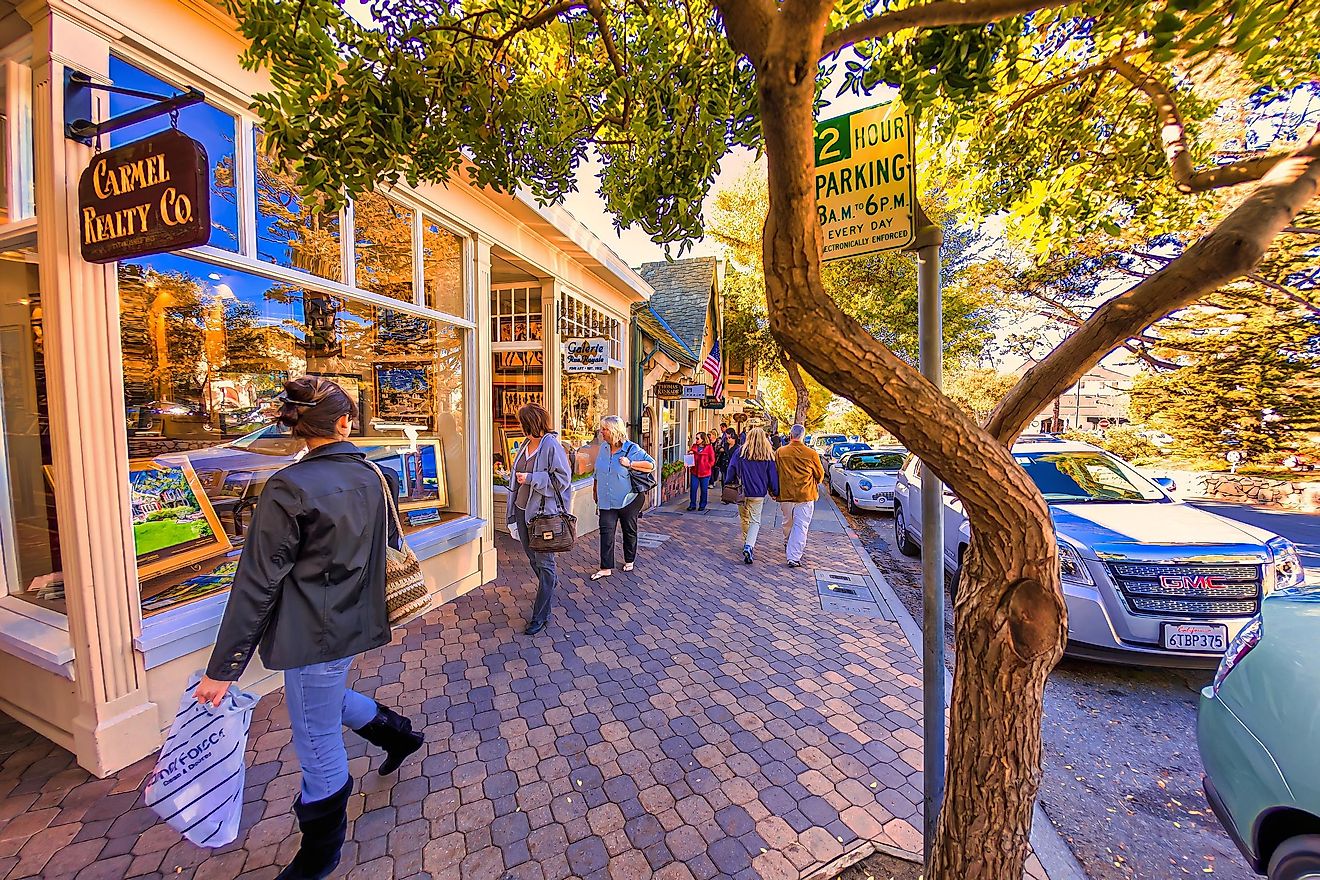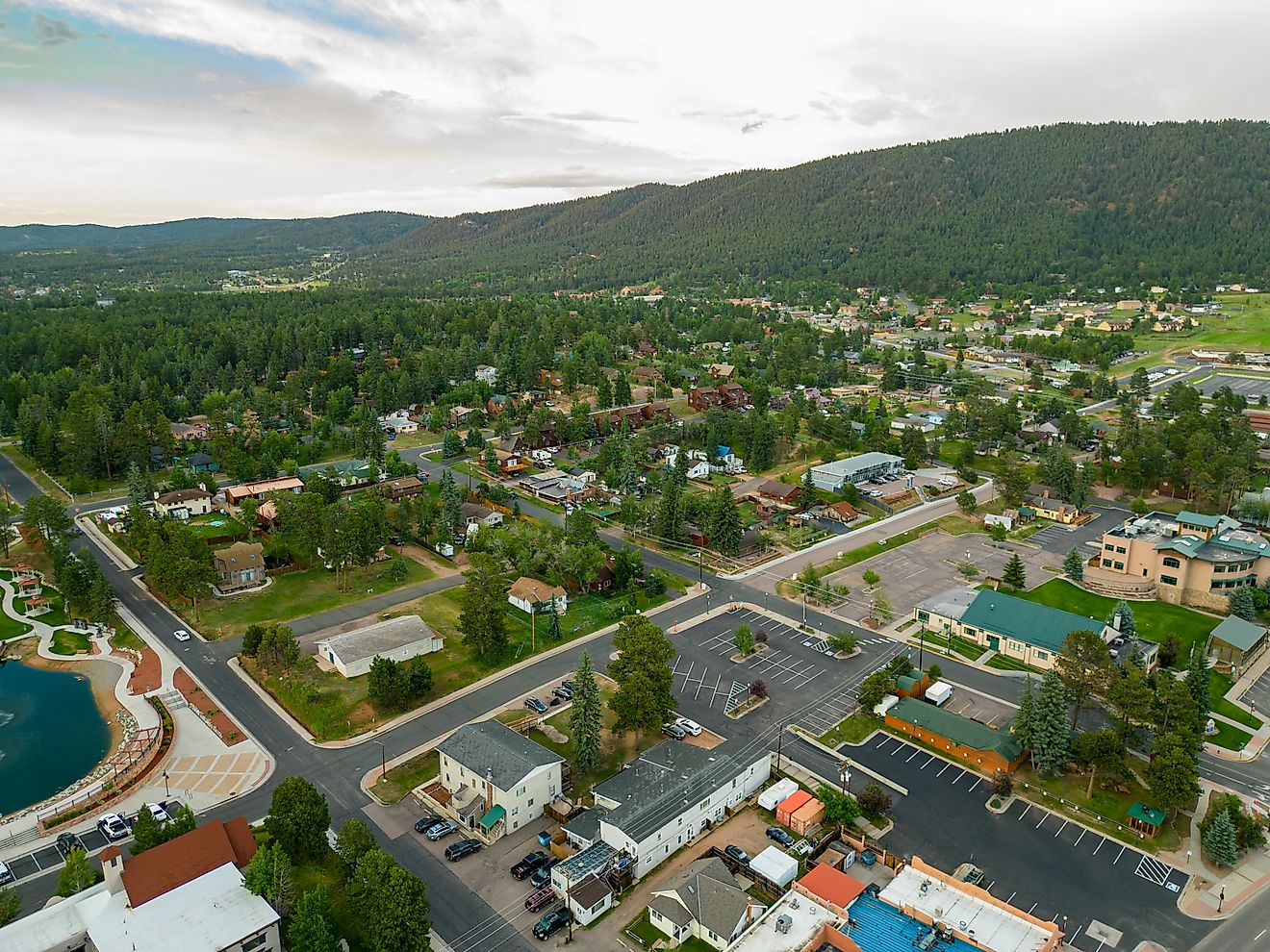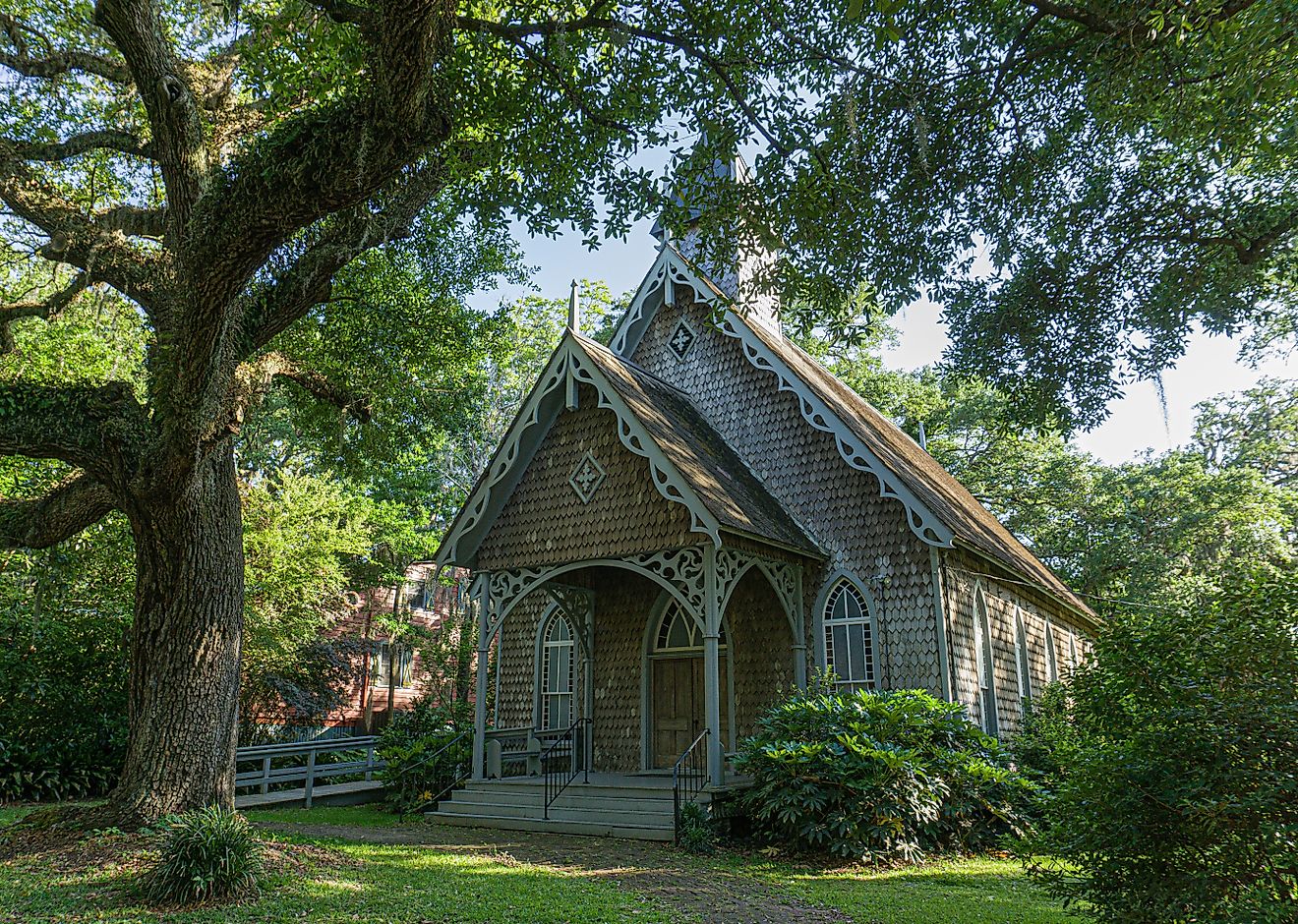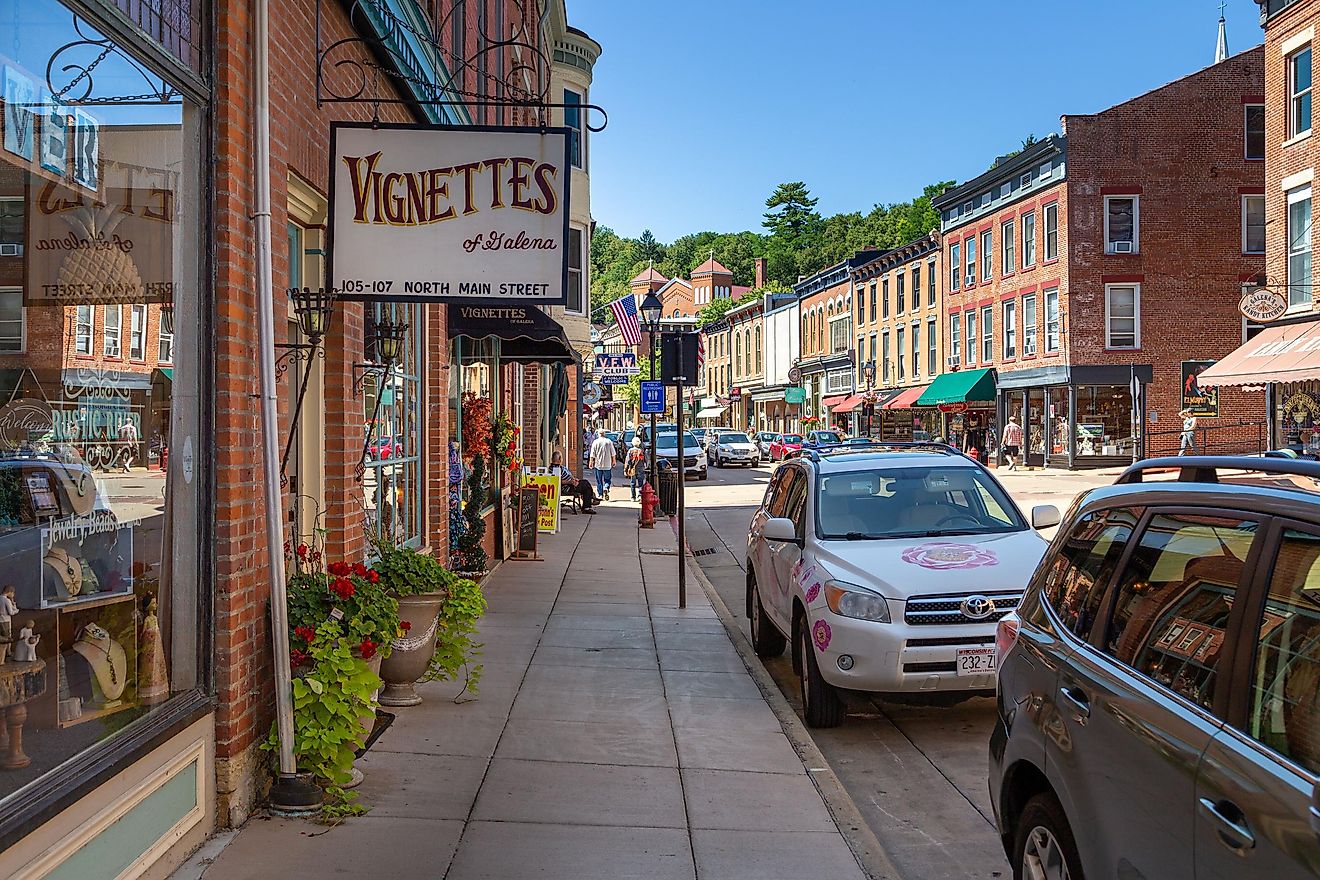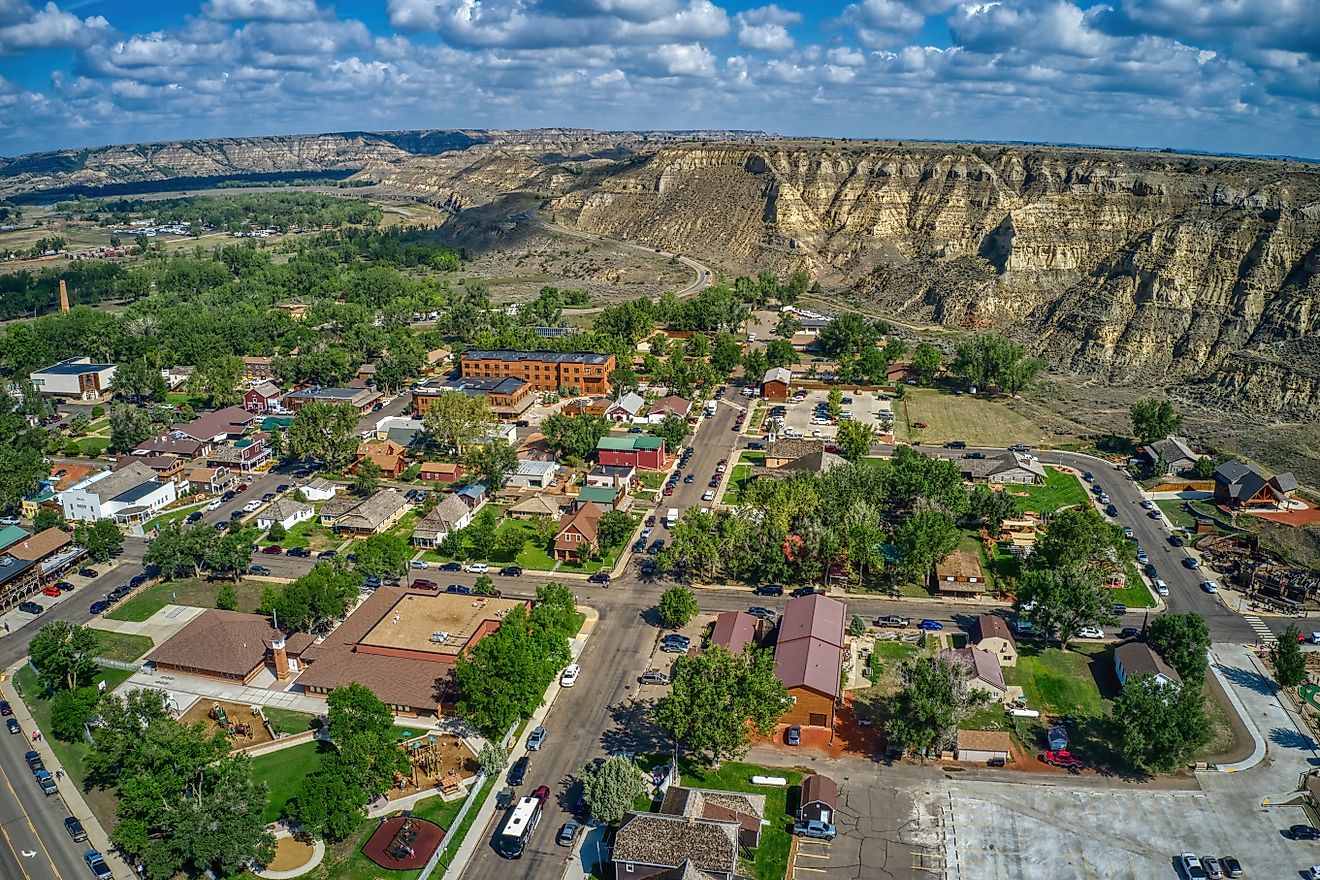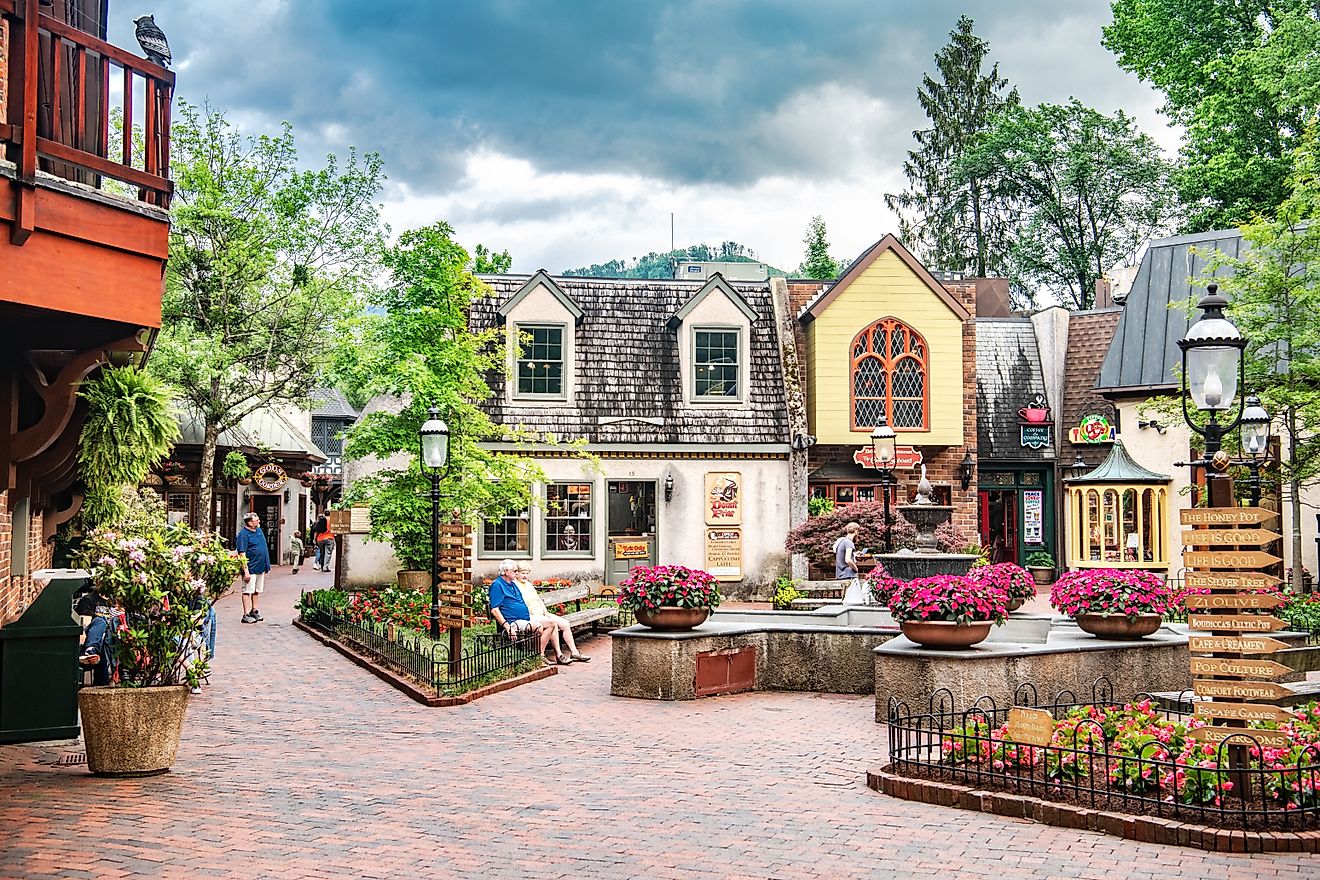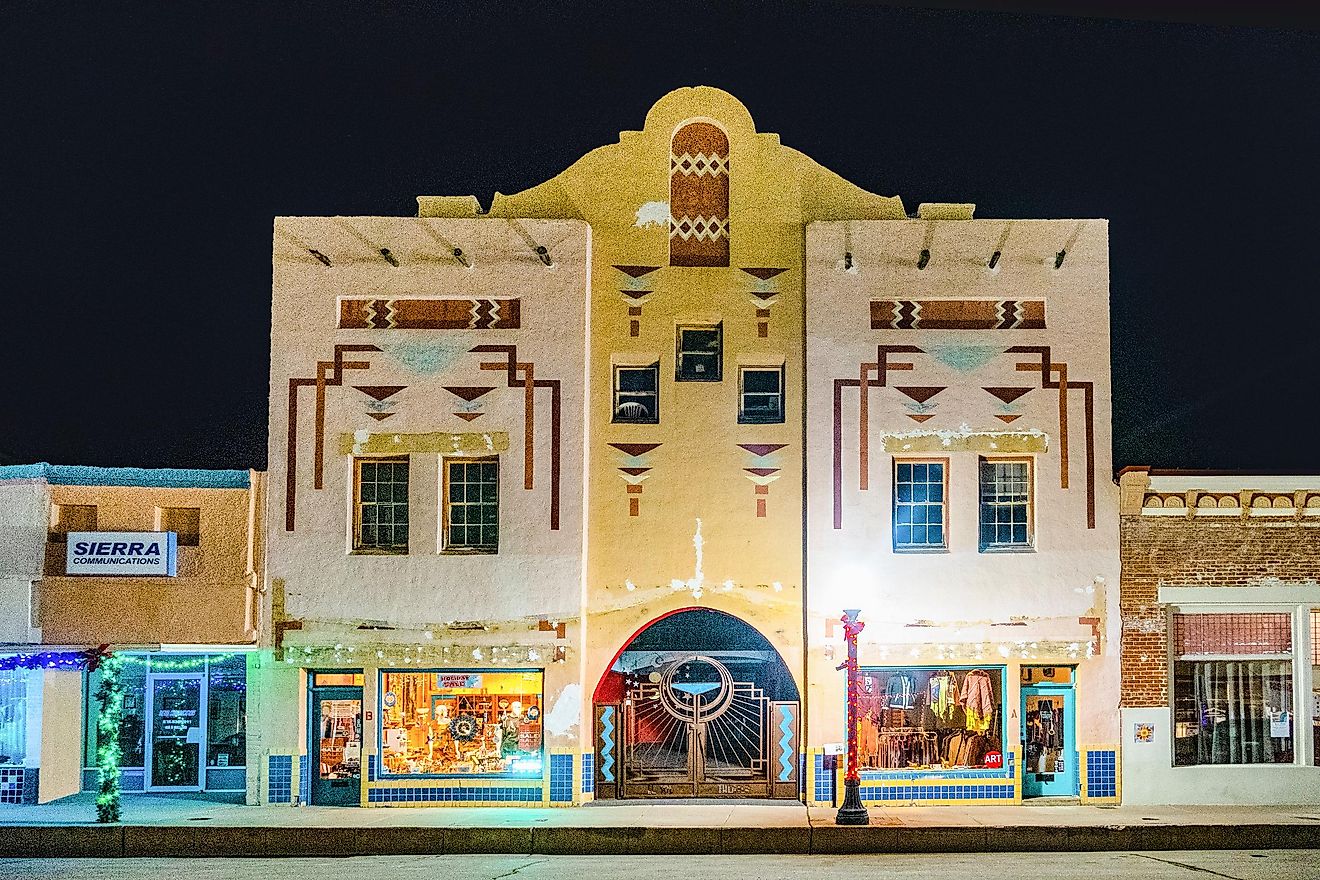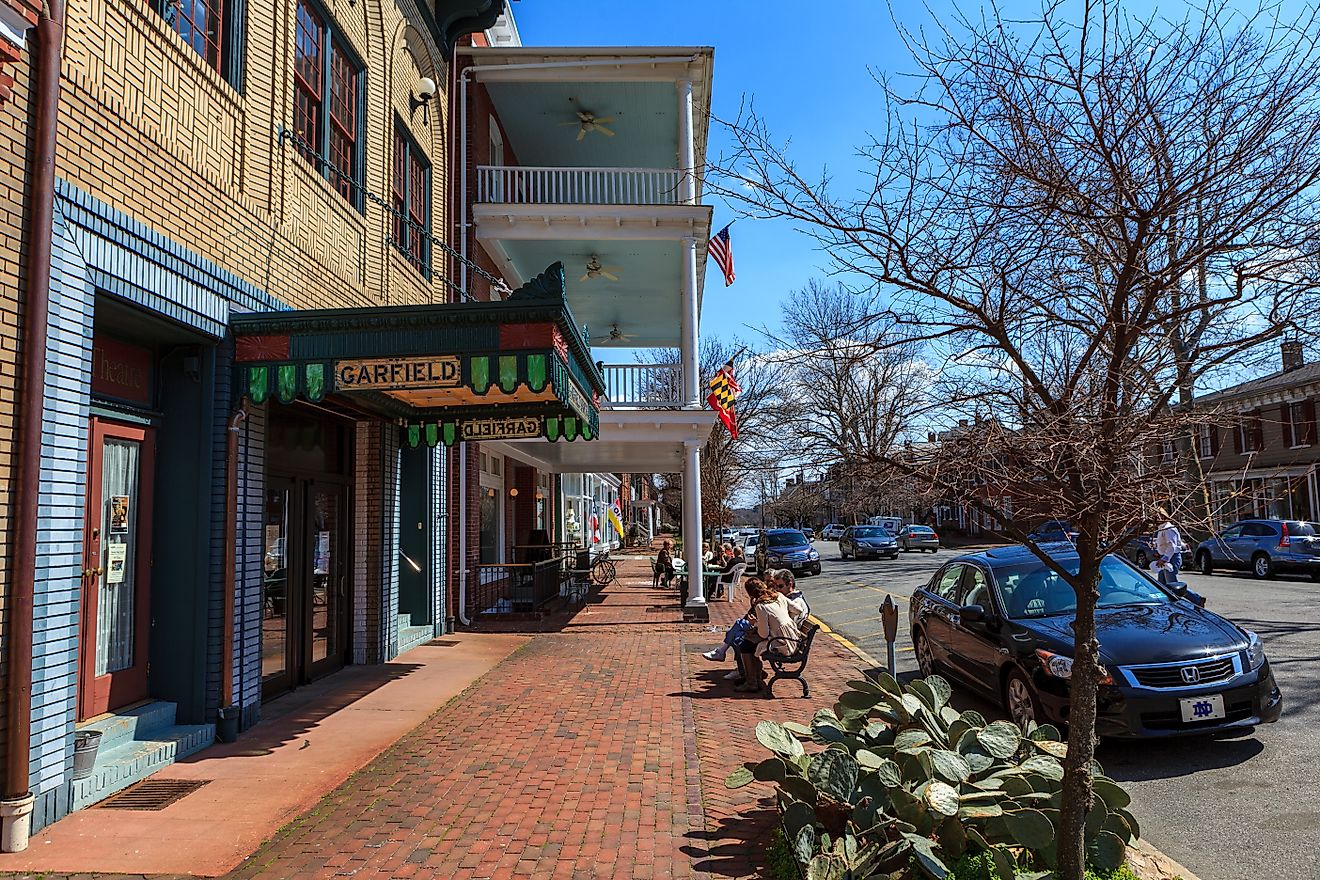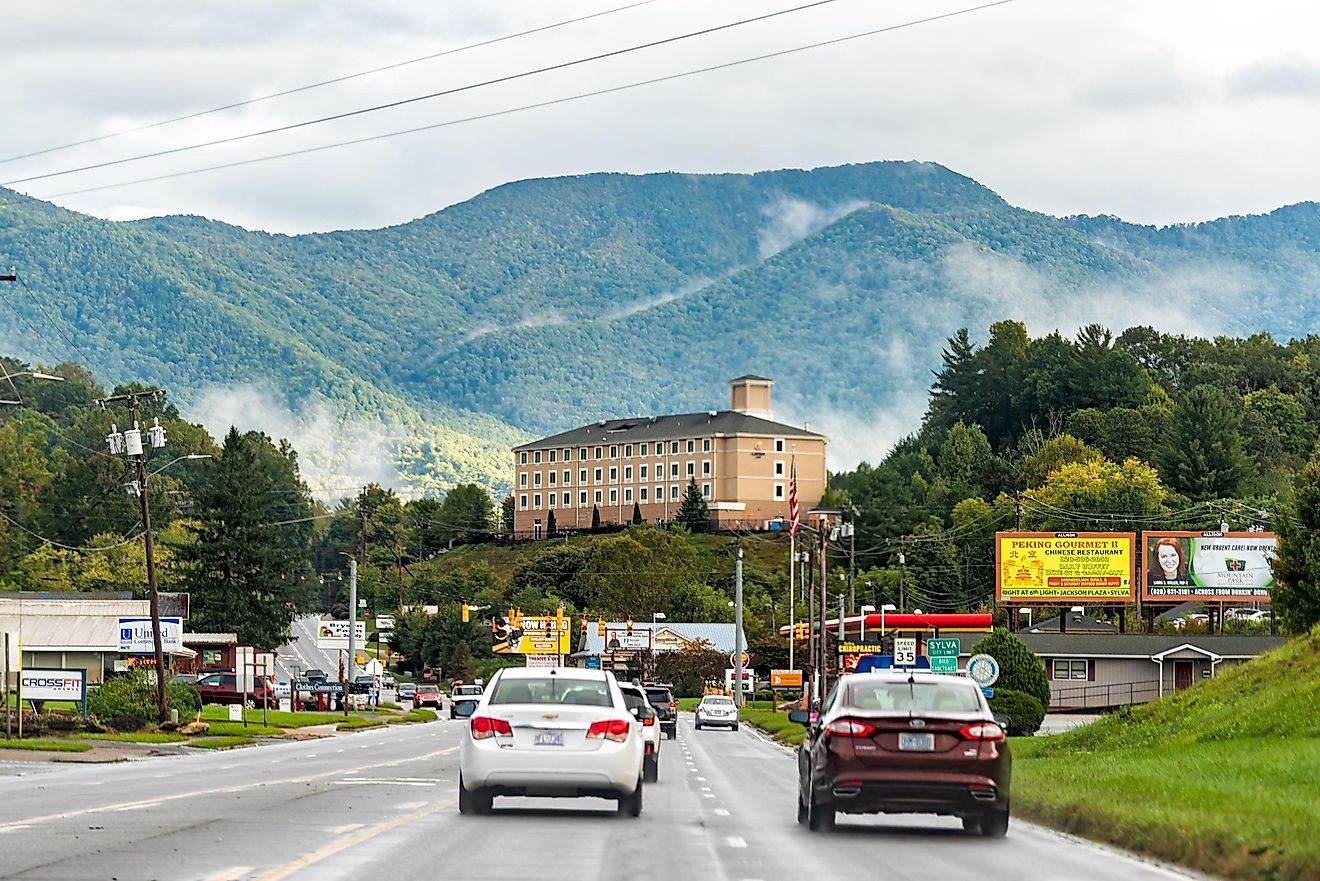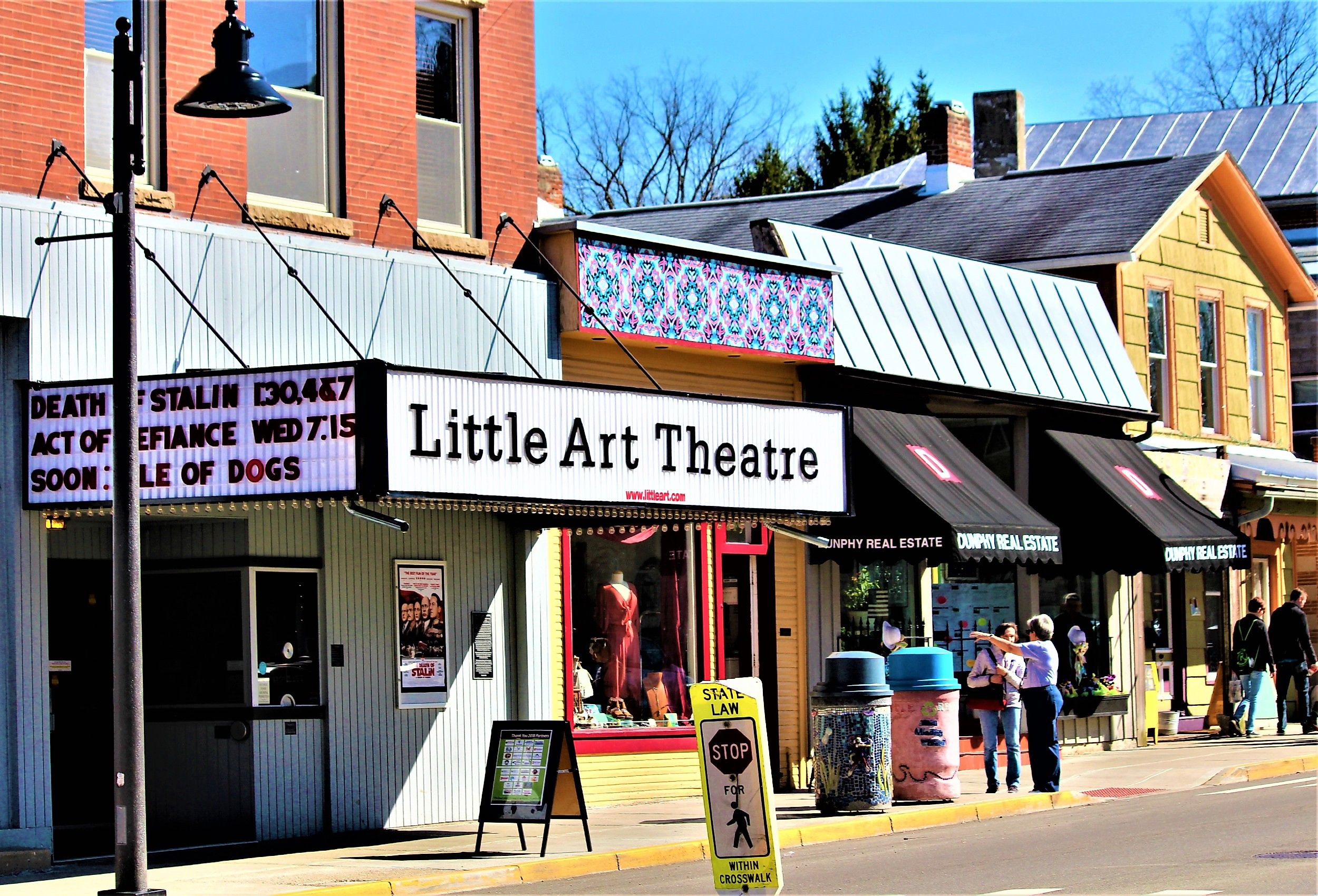
Some Of The Most Eccentric Towns In Ohio
Industrial and pastoral, worldly and backwoodsy, aquatic and verdant, Ohio is America's brew. Bold brews can produce strange flavors, especially deep inside the bowl. In scraping Ohio's bowl, you might be surprised by small towns with eccentric sites, such as Peebles' serpent mound, Circleville's pumpkin show, New Straitsville's eternal fire, Zoar's utopian commune, and Steubenville's human-sized nutcrackers. These communities will make you say "Oh!" in Ohio.
East Liverpool
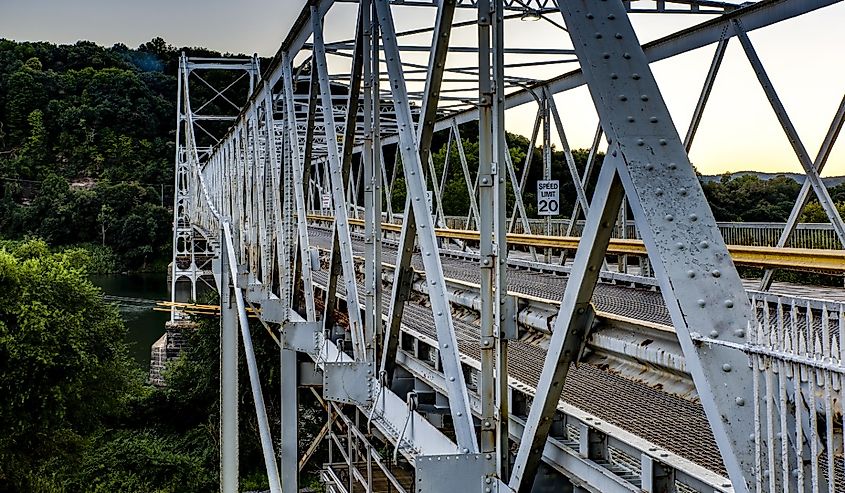
You have probably heard of farming towns, fishing towns, mining towns, and mill towns. But how about a pottery town? From the mid-19th to mid-20th centuries, East Liverpool was a potter's paradise. It boasted dozens of firms that combined to produce "over half of the ceramics manufactured in the United States (Ohio History Connection, ohiohistory.org)."
Though now a bit cracked, East Liverpool retains proof of potter-propelled prosperity, including East Liverpool Pottery, which was built circa 1844 and attracts tourists with its bottle-shaped kiln, and the Potters National Bank, which is a century-old bank building that now houses a restaurant called The Vault. Just down the street from The Vault sits the East Liverpool Post Office, a 1908-built edifice that hosts the Museum of Ceramics. Check out its huge collection of locally made wares.
Peebles
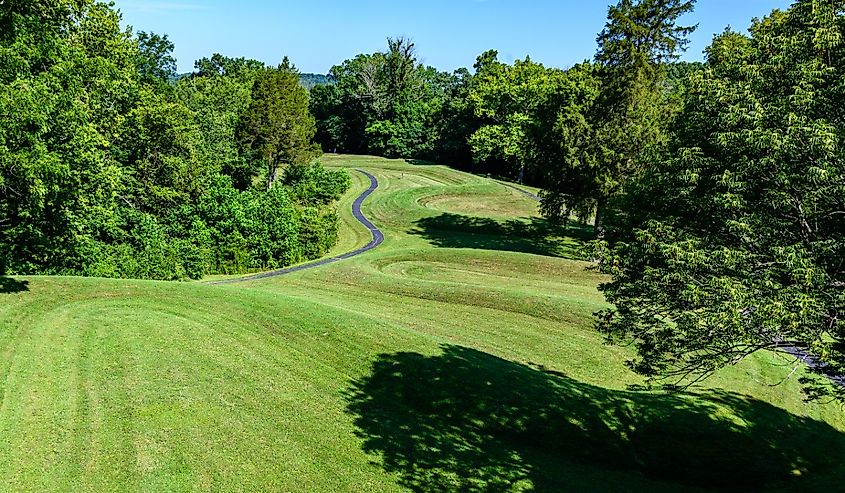
Peebles is a small modern village with a giant prehistoric attraction. Uncoiling for roughly a quarter-mile is a snake-shaped effigy mound called the Serpent Mound. It was presumably built by the Adena people thousands of years ago for ceremonial purposes. The site is explorable as a National Historic Landmark with an accompanying museum.
After riding an ancient serpent near Peebles, storm Loveland Castle near Loveland (about an hour west of Peebles). Also called Château Laroche, it was built from circa 1929 to 1980 by Harry Andrews, a medievalist and Boy Scout leader who willed the castle to his troop dubbed the Knights of the Golden Trail. The KOGT preserves, renovates, and promotes Loveland Castle as a museum and venue for picnicking, wine tasting, and even ghost hunting.
Berlin
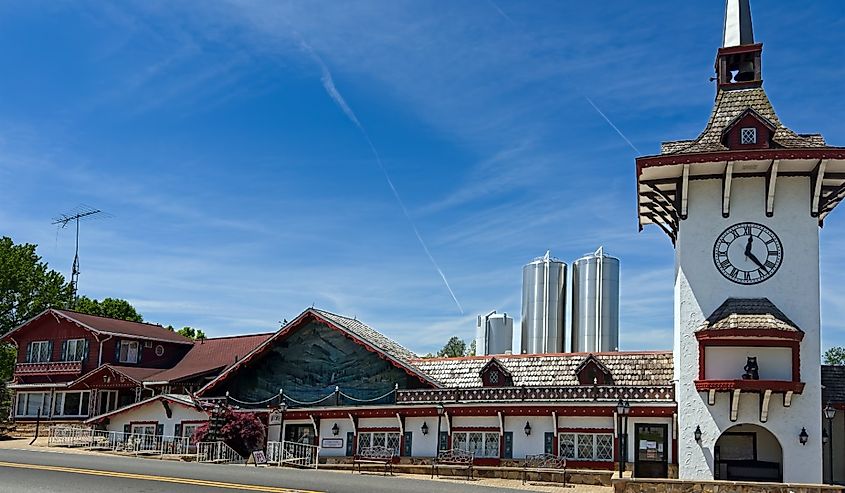
Berlin is the heart of Ohio's Amish Country. In contrast to other Amish communities that prefer to stay low-key, Berlin is like an Amish theme park luring tourists with more than 70 restaurants, shops, inns, and historic sites.
Highlights include the Buggy Brew Coffee Co, Berlin Farmstead Restaurant, Wurthmann House, Dutch Craft Furniture, and German Village Market, the last of which sells everything from farm fresh foods to progressive supplements. Another example of Amish tradition meets modern commerce is found at the Walmart in nearby Millersburg. Alongside parking spots for cars are parking spots for horses and buggies.
Circleville
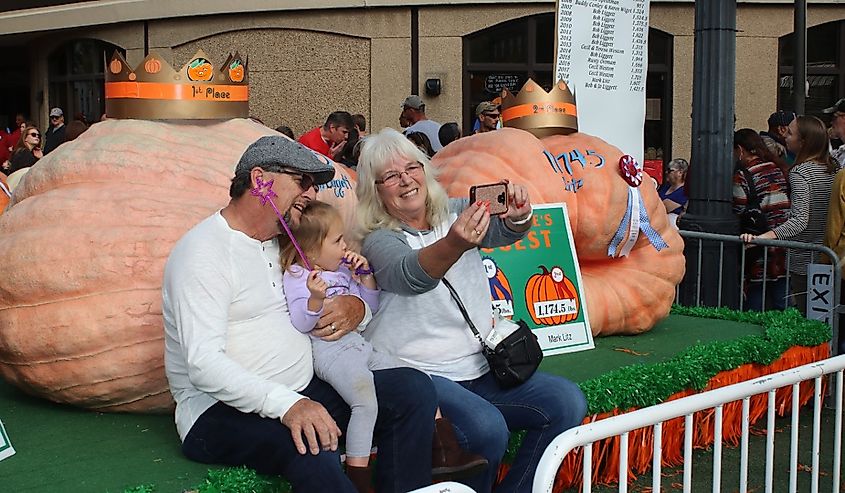
Circle the map on Circleville, whose name is far from symbolic. This 14,000ish-person city was settled on a giant circular Indigenous earthwork. But instead of destroying the mound, settlers built around it, laying out their streets in concentric circles. By the 1830s, however, residents had changed their minds and began squaring the circles, completing the change decades later. Today, the Ted Lewis Museum, which honors a Circleville-born entertainer in a building from circa 1848, may be the only remnant of Circleville's once circular layout. Circles still abound, though: they are orange and heavy and annually displayed at the Circleville Pumpkin Show. Fittingly, Circleville calls itself "the best little town around!"
As a unique aside, Circleville's settlers included a family called the Hitlers (no relation). They were important members of the community and stayed for generations, producing other respected Hitlers like Dr. Gay Hitler. Their legacies are preserved in and around Circleville at Hitler Park, Hitler Pond, Hitler-Ludwig Cemetery, and multiple Hitler roads.
New Straitsville
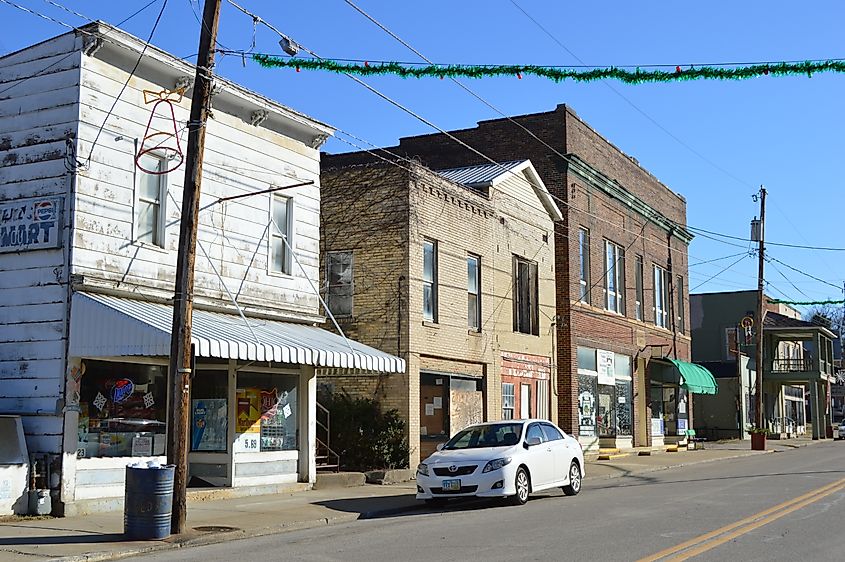
From Circleville, head straight to New Straitsville, which has been on fire since 1884. Don't worry: New Straitsville's fire, caused by a coal mine disaster, is underground. Smoke sometimes escapes the netherworld and irritates residents, but tourists should be safe visiting this village and the surrounding Wayne National Forest. Certain tourists even come to find the inferno!
Besides fire, New Straitsville is known for firewater, AKA moonshine. In fact, smoke from the former helped conceal the production of the latter during Prohibition. This burning heritage is celebrated at the New Straitsville Moonshine Festival, which runs on Memorial Day Weekend and features food, entertainment, demonstrations, and shots of 'shine courtesy of 1884 New Straitsville Moonshine Co.
Zoar
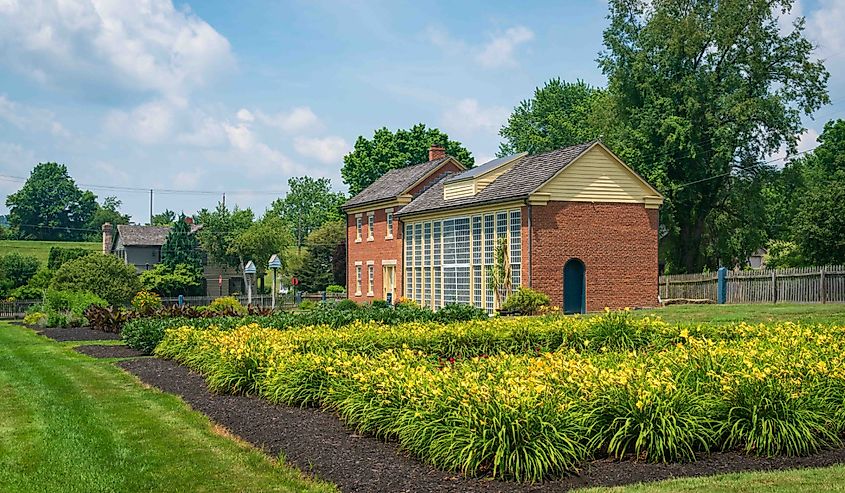
Founded in 1817 by German Christian Separatists seeking utopia in America, Zoar preserves a forgotten chapter of religious history. After 80-plus years of communal living, the Separatists disbanded Zoar in 1898, privatizing buildings that became parts of the National Historic Landmark-designated Historic Zoar Village.
Among its contributing properties are the Meeting House, which was built in 1853 as a place of worship and still performs that function as the Zoar United Church of Christ; Bimeler Cabin, which housed Zoar's leader in 1817 and is the oldest building in town; and Zoar Store, which opened in 1833 and is now an information center and gift shop. Grab an authentic souvenir from an authentic 19th-century commune.
Steubenville

Steubenville is an Appalachian Rust Belt city with attractions like Historic Fort Steuben and the Ohio Valley Steelworker Statue, both of which honor participants of perilous professions. But there are big, bright exceptions to Steubenville's dark, disturbing sights.
As the "City of Murals," Steubenville showcases 25 such pieces—depicting Abraham Lincoln, Fleetwood Walker, Dorothy Sloop, and many other figures—on iconic buildings. Those are accessible year-round, unlike the 200-plus life-sized nutcrackers that line streets during the Christmas season. The Nutcracker Village is so popular that Steubenville's population triples.
Yellow Springs
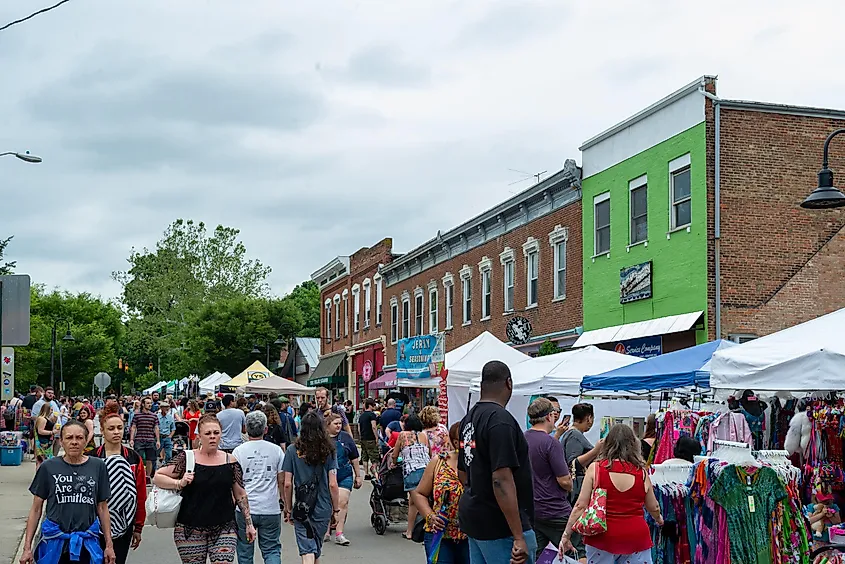
If you thought Steubenville was a colorful oasis in a dark domain, it pales in comparison to Yellow Springs. Founded as a secular commune in the 1820s, Yellow Springs has been a haven for eccentrics ever since. Whether escaping black enslavement, Red Scare persecution, Jim Crow segregation, or LGBTQ+ discrimination, refugees from mainstream society made a home in Yellow Springs, whose attractions then and now include Antioch College, the Glen, Clifton Gorge, and the Grinnell Mill. Dave Chappelle is the most notable modern freethinker who settled in Yellow Springs.
Let Ohio's unique flavors restructure your senses. Sample eclectic pottery in East Liverpool, a ceremonial snake in Peebles, Amish goods in Circleville, prodigious pumpkins in Circleville, fiery moonshine in New Straitsville, souvenirs in Zoar, mighty murals in Steubenville, and heterodox thinking in Yellow Springs. You will leave the Buckeye State with new eyes, ears, taste buds, nostrils, and opinions, which will enhance other vacations. Ohio's a door to an eccentric world.
